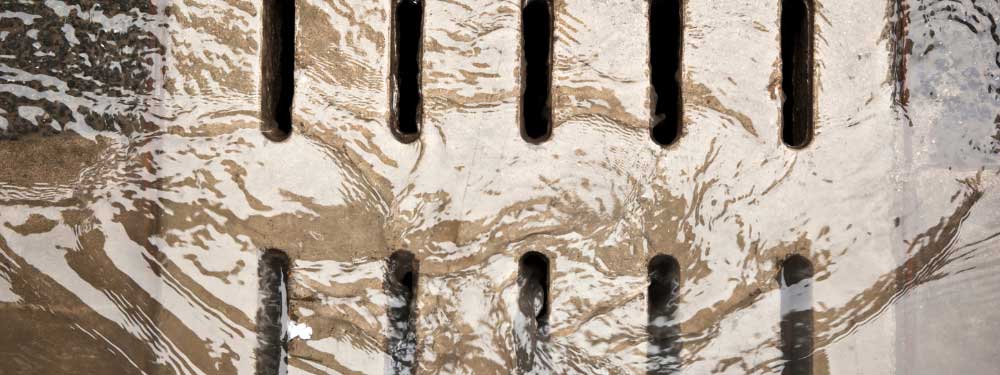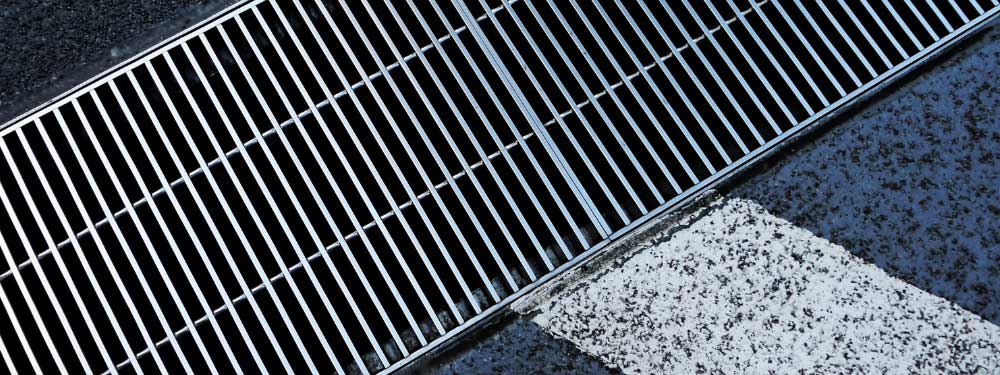Catch Basin vs. Storm Sewer: Understanding Parking Lot Drainage Systems
Why Drainage Matters in Parking Lots
Proper drainage is one of the most critical elements of any parking lot design. Without an efficient water management system, standing water can lead to structural damage, safety hazards, and costly repairs. Two terms often used in this context are “catch basin” and “storm sewer,” and while they are closely related, they serve different roles within a drainage system. Understanding the differences between these components is essential for property owners, managers, and contractors who want to maintain the safety and integrity of their lots.
What Is a Catch Basin?
A catch basin is a buried structure designed to collect runoff water from paved surfaces like parking lots. It typically features a grated opening at the surface and a concrete or plastic basin below. As water enters the grate, it flows into the basin where heavy debris, dirt, and sediment settle to the bottom. This helps prevent clogs in the downstream piping. Catch basins act as the first line of defense in managing stormwater and are strategically placed in low spots to intercept surface water before it accumulates.

What Is a Storm Sewer?
A storm sewer is the underground piping system that carries collected water away from the catch basin and discharges it to a safe location such as a retention pond, swale, or municipal drain system. These pipes are usually larger in diameter and designed to handle heavy volumes of water. While the catch basin captures and filters the runoff, the storm sewer is responsible for transporting it out of the parking lot. Together, these components form a complete drainage system that helps prevent flooding, pavement deterioration, and safety hazards.

How They Work Together
Catch basins and storm sewers are interconnected and rely on each other for effective performance. When rain hits a parking lot, water flows toward the lowest point, typically where a catch basin is installed. The basin collects water, traps debris, and allows cleaner water to flow into the connected storm sewer. The storm sewer then moves that water safely away from the property. Without catch basins, storm sewers would clog; without storm sewers, catch basins would overflow. It’s this coordination that ensures efficient drainage and protects paved surfaces from long-term damage.
Maintenance and Best Practices
Routine maintenance of both catch basins and storm sewers is essential for long-term performance. Catch basins should be inspected regularly for sediment buildup and cleaned as needed to maintain flow capacity. Storm sewers require occasional flushing or camera inspections to identify blockages. Poor drainage can lead to asphalt erosion, potholes, and costly repairs. Property managers should establish a seasonal maintenance schedule and partner with experienced contractors to ensure both components are clear, functional, and capable of handling heavy rainfall events.







